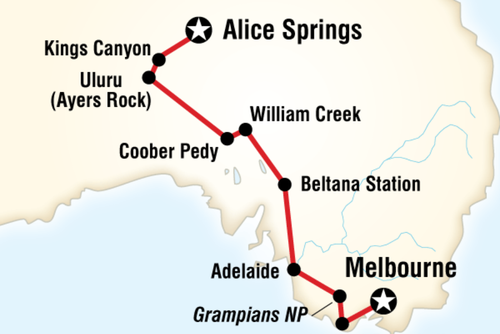Writing a paper can seem like a daunting task, especially in upper-level high school and college courses. Most students feel that researching and proving their arguments with evidence from primary and secondary source materials is the most difficult aspect of writing a paper.
The biggest challenge in writing a paper, however, is the crafting of a strong thesis statement. A well-written, specific thesis statement can ents time and effort because it serves as a blueprint for the rest of the paper.
What is a Thesis Statement?
The term "thesis statement" seems to be confusing for many students, but at its most basic it can be defined simply as "topic sentence".
The thesis states the argument a writer intends to make in a paper. It can be a simple statement, such as "Wynona Ryder is among the top five most popular actresses of the 1990s" or a complex one, such as "While modern critics argue that Charlotte Bronte's Jane Eyre is a feminist text, Bronte herself would have been appalled at such an idea: far from being intended as a feminist manifesto, Charlotte Bronte's Jane Eyre was a reinvention of the idea of the 'damsel in distress' trope of the Gothic movement couched in the contemporary bildungsroman movement made popular by German writers of the nineteenth century". Many students feel that a sentence such as this on Charlotte Bronte is too long, or tells too much upfront, but in actuality, the more specific the thesis statement, the easier the paper is to write.
Looking at the first sentence, the student still has a lot of work to do in terms of actual research and writing. How does s/he know Wynona Ryder is among the five most popular actresses? What is the student going to use as evidence? What aspects of Ryder's career is the student going to focus on? A statement such as this is actually a weak thesis because it doesn't provide a "map" of the paper.
Breakdown of How the Thesis Statement is Used as a Blueprint for the Paper
The second statement, on the other hand, will provide the student with a paper at least ten pages in length - it serves as the organizational tool for a paper as follows:
1. The claims of modern critics that Jane Eyre is a feminist story - one or two source citations, followed by an explanation of how they prove that modern critics believe this is a feminist book.
2. What Charlotte Bronte, herself, said concerning what her novel was about - this would be from primary source materials, either her letters or other writings, her words as recorded by someone else in letters or diaries, reviews, or some other contemporary proof that she was writing a gothic bildungsroman featuring a 'damsel in distress as the main character rather than a Romantic hero.
3. An explanation of the Gothic 'damsel in distress trope in literature and how it relates to Jane Eyre, with relevant source citations.
4. An explanation of the bildungsroman and how it relates to Jane Eyre, with relevant source citations.
5. A conclusion that sums up the main points.
Because of the specificity of the statement made at the outset, the reader knows exactly what to expect throughout the body of the paper. This allows both the writer and the reader to stay focused and to avoid veering off-topic and getting confused.
Crafting an Appropriate Thesis
Not every thesis statement has to or should be so complex - it has to be specifically crafted to meet the length and subject needs of a given paper. If a student only has to write five pages, the thesis should be very narrowly focused. In this instance, it would probably be too much to discuss both the modern critics' view of Jane Eyre and also what Bronte intended the novel to mean - the student would want to choose one of these ideas. The longer thesis, intended for a longer paper, can be broken down and used for a shorter paper:
A. (a paper focusing on the critics' perceptions): Modern feminist critics such as (insert one or two names of scholars being written about) believe Charlotte Bronte's novel Jane Eyre to be an early feminist text, and Jane to be the voice of the subversive female in Gothic literature.
B. (a paper focusing on the historical aspect): Charlotte Bronte's Jane Eyre was written as a bildungsroman that recast the Romantic hero as a 'damsel in distress' turned heroine.
On the other hand, if a student needed to lengthen the paper beyond ten pages, s/he could easily do so by incorporating more elements into the thesis:
While modern critics argue that Charlotte Bronte's Jane Eyre is a feminist text, Bronte herself would have been appalled at such an idea: far from being intended as a feminist manifesto, Charlotte Bronte's Jane Eyre was a reinvention of the 'damsel in distress' trope of the Gothic movement as used by such writers as Horace Walpole and Ann Radcliffe, couched in the contemporary bildungsroman movement made popular by German writers such as Goethe in his The Sorrows of Young Werther; Jane thus is revolutionary in that she subverts the traditional 'damsel in distress of the Gothic movement and becomes a Romantic heroine, but she remains foundationally a nineteenth-century character, never crossing the line into feminist behavior or thinking.
By the time a student goes through each of the points covered in this statement, a paper could easily reach between twenty and thirty pages in length.
This technique for expanding and condensing a thesis statement can be used to meet the length requirements of any paper.
























